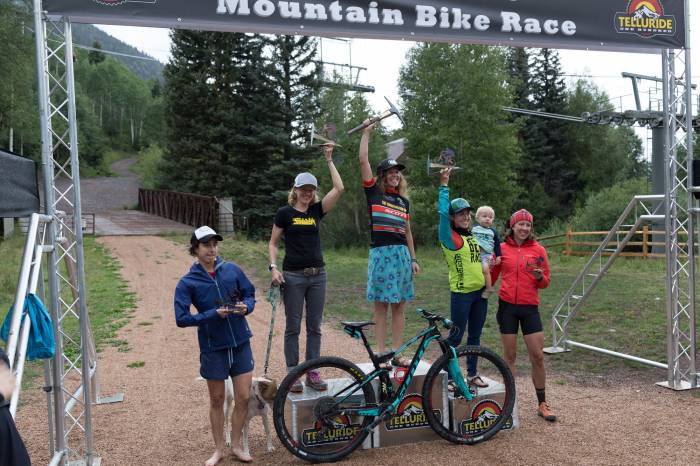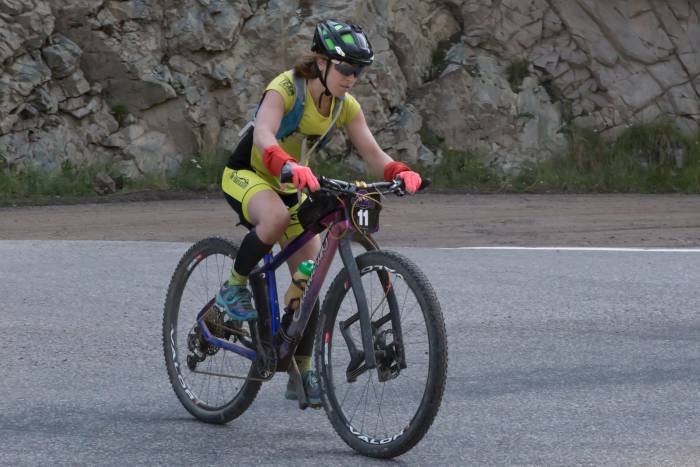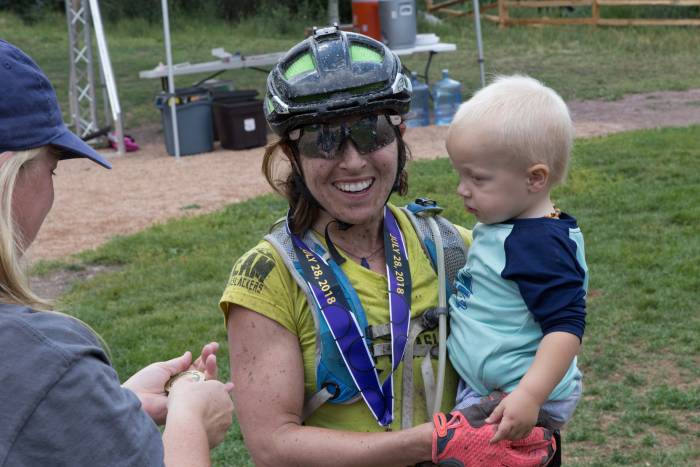The 100-mile distance is certainly on the “ultra” edge of the endurance mountain biking spectrum. But a reasonably fit rider, training eight hours per week for 25 miles at a time, can prepare in about a month. Here’s how.
Pedaling 100 miles over washboard bumps, mountain passes, and tire-swallowing sand patches probably seems like a death march.
But tackling a 100-mile race on a mountain bike, though certainly difficult, is not impossible. In fact, given a base level of fitness and athletic ability, you can whip yourself into race-day shape in about a month. Don’t believe me? Check out the tips below and try it out!
As a general rule, before taking on a 100-mile race, you should be able to ride about 35 miles two to three times per week without feeling exhausted. And if your goal is not performance but simply to finish, you have even more leeway.
At the very least, I recommend riding 25 miles at a time to condition your bum to be on the bike.
Do Your Research
With many races I do, the course is kept secret until the night before the race. But information on almost all mountain bike race courses is out there, so do your homework.
A quick Google search will usually return official race maps, course elevation, and even other athletes Strava data. Try to gather complete info, including elevation gains and losses, and percentages of singletrack and road riding.
To go a step further, I even looked up a few different reports on the races. This provided people’s perspectives on the climbs, terrain, and overall feel of the course. And it gave me a better idea what I was in for and what to focus on training-wise.
Make a Plan, Get a Coach
The best way to feel prepared for a 100-mile race is to make and stick to a plan. Or better yet, get someone to coach you. A training program lets you break the training and race into bite-size pieces so you’re not overwhelmed by the larger picture.
For example, leading up to the Telluride 100, I trained three times per week. I worked on hill climb repeats, endurance efforts, and singletrack descent speed, as I knew all of those constituted big components of the race.
I also highly recommend working with a coach. When you’re deep in training, you don’t always have the best perspective on what’s working. Throughout my athletic career, having that outside eye from a coach I trust has been huge.
And with many online coaches available for around $100-200 per month, it’s worth the investment. And given you might spend nearly $600 on the race entry, travel, and lodging (like I did), it proves money well spent to feel prepared.
How to Choose an MTB Race Coach
When choosing a coach, make sure you’re familiar and agree with their training methodology and philosophies. Relating to them on this level will help you trust them when you feel like it’s not working. (This always happens!)
There are many fake coaches out there, especially online. So do your homework, interview them, and make sure you feel good about committing to them. Also remember: Coaches are not there to make you do your training or constantly check up on you. Ultimately, it is you who has to choose to do your work. Your coaches can only do so much.
I recommend choosing a coach specializing in low-volume, higher-intensity training. It’s easier to commit to five to 10 hours per week than a classic high-volume training of 20-30 hours each week.












